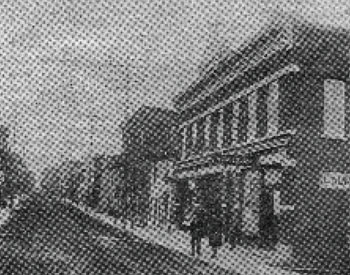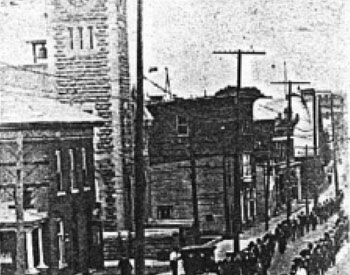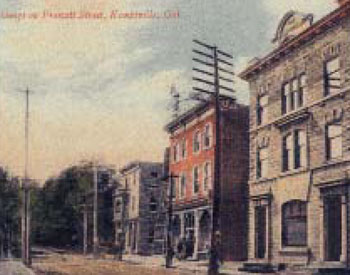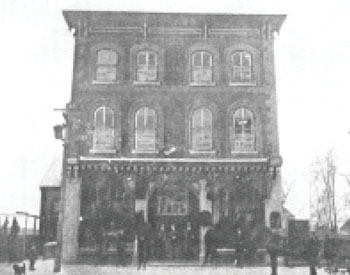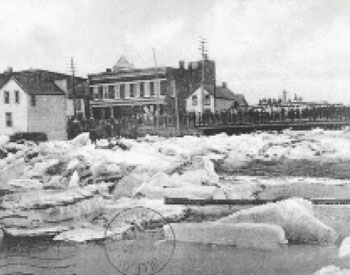
This is the core of Kemptville, the location of the first buildings and entire raison d’etre of the town. The river here was once wider and faster than it is today, and the Clothier family built grist and saw mills here that attracted settlers, businesses and visitors to the new village in the 1820's. The first bridge was a couple of planks laid across the stream. Later bridges of wood, then iron, were in constant need of repair. Over the years, the river was narrowed and ‘tamed’, its power diverted to the use of foundries, woolen mills, cheese and timber factories. George Keating’s mill above the bridge provided electric street lighting to the entire town. In 1891, he built a second mill across the river and built a second generating system that could operate by water or steam power. The age of electric street lighting had well and truly arrived and poles were erected along the main streets to carry the new wires. A concrete bridge was built in 1928, and replaced by the present structure in 1961.

